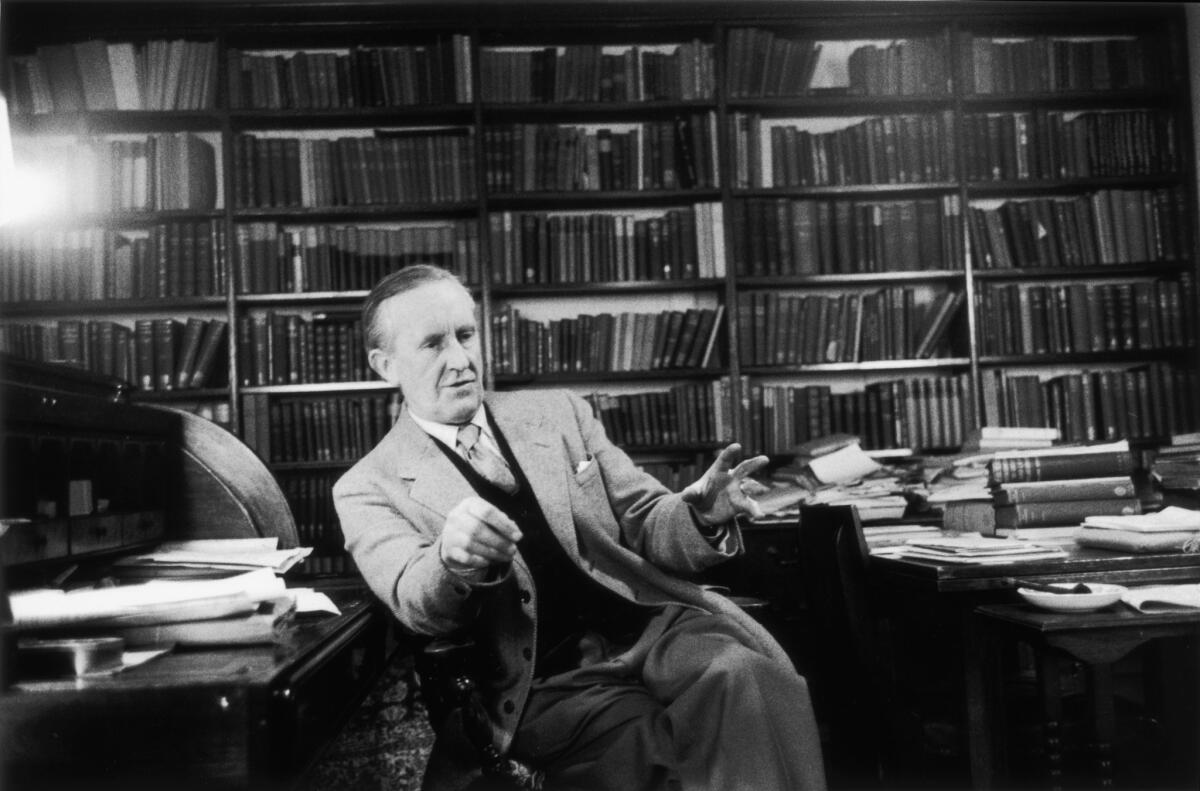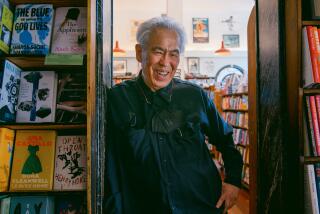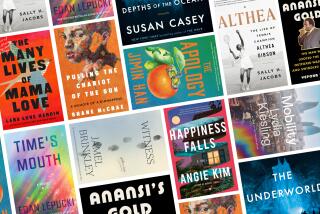Review: J.R.R. Tolkien, C.S. Lewis, and ‘The Fellowship’ of fantasy writers

John Ronald Reuel Tolkien
In a pub in Oxford there lived some writers. Not nasty, dirty decadent writers, whose books were filled with intimations of sex and an oozy smell, nor yet dry, bare Modernists with a horror of heroics or fantastical things: These Oxford writers were Inklings, and that means heterosexual white male Christians who created some of the most enduring works of 20th century fantasy.
The pub was the Eagle and Child. In the decades since the Inklings first met inside its wood-paneled rooms, their faerie landscapes have become a pop cultural theme park on a global scale, encompassing Westeros, “World of Warcraft,” Dungeons & Dragons, “Star Wars,” Renaissance fairs and goth emporia. The most famous Inklings were J.R.R. Tolkien and C.S. Lewis, but over the years the group included, among others, the anthroposophist poet-philosopher Owen Barfield, fantasist Charles Williams, Lewis’ older brother Warren, known as Warnie, and, eventually, Tolkien’s youngest son, Christopher.
The story of these literary soul mates has been told before, but Philip and Carol Zaleski weave their story into a highly readable group biography called “The Fellowship: Literary Lives of the Inklings: J.R.R. Tolkien, C.S. Lewis, Owen Barfield, Charles Williams.” Authors and editors of books on spirituality and prayer, they keep their focus on the Christian elements in the Inklings’ lives and work. They also make ample room at the high table for Williams and Barfield, minor writers who nonetheless had considerable influence on their friends, especially Lewis, a literary magpie who made liberal use of images and ideas from the other Inklings in his work.
Tolkien, Lewis and Barfield all studied at Oxford. The three also served in World War I, an experience that was especially pivotal to Tolkien in his creation of a Middle-earth ravaged by war and its aftermath. Poor eyesight kept Charles Williams out of the military, and his family’s genteel poverty meant he could afford only two years at University College London. Yet all four ended up closely associated with Oxford, where their weekly gatherings at the Eagle and Child or a member’s university rooms served as a movable feast for this “group of Christians who like to write.”
“In each of my friends there is something that only some other friend can fully bring out,” C.S Lewis remarked in 1960, long after the Inklings had dissolved.
Tolkien was the philologist and Anglo-Saxon scholar, Lewis the Christian apologist who wrote on medieval allegory before earning fame with a science fiction trilogy, wartime BBC broadcasts on Christian faith, and later “The Screwtape Letters” and Narnia books. Owen Barfield loved English folk dance and wrote the influential “Poetic Diction,” developing a theory of language that anticipated later developments in the study of consciousness, as well as what became known as New Age thought. The disarmingly fey Williams had no problems reconciling his Anglicanism with a belief in magic and the tarot, participating in esoteric rites such as the “Ceremony of Consecration on the Threshold of Sacred Mystery.” He invented the supernatural thriller in novels like “The Place of the Lion” and “The Greater Trumps,” books that created a genre we now call urban fantasy.
Williams came to Oxford after joining the Inklings. He soon became a fixture there, drawing crowds to hear him lecture on Milton, Shakespeare, romantic love, the Arthurian mythos. His eccentric views exasperated and sometimes infuriated the far more conservative Tolkien. Williams viewed his own wife as “his Beatrice, muse and model of perfection,” none of which prevented him from developing passionate, if mostly platonic, relationships with younger women. At least one of these involved ritual sadomasochism, of which Williams wrote in a letter to his paramour: “I am sadistic towards you, but … I wouldn’t hurt a fly unless it made it perfectly clear that it liked it. And then only a little. And then only for the conversation.”
The Zaleskis do an impressive job of compressing a huge amount of material into a smooth if occasionally dense narrative. Still, in our own multicultural landscape, it’s difficult to muster much enthusiasm for the Inklings’ countless heated arguments on Catholicism versus Anglicanism or the critical head-butting with F.R. Leavis. Their scholarly machismo made it possible for Lewis to do a very public volte-face from heartfelt atheism back to Christianity but never entertain the thought of a female Inkling.
But during World War II, Lewis generously opened his household to schoolgirl evacuees. He helped them with their homework, told them to buy books on his account at Blackwell’s and paid the Oxford tuition of one young woman, “on the condition that the gift remain a secret.” All this time, Lewis maintained a strange, decades-long relationship with the much older mother of a childhood friend. After her death, he made a blissful late-life marriage to the American writer Joy Davidman, whose death inspired Lewis’ powerful “A Grief Observed.”
Despite writing a well-regarded children’s book, “The Silver Trumpet,” Barfield never succeeded as a novelist. His interests grew increasingly esoteric: After reading Rudolf Steiner, he became an anthroposophist, then for decades languished as a London solicitor. The Zaleskis poignantly depict his near-total eclipse by the success of his friends, to whom he remained touchingly devoted.
So one delights in Barfield’s late-life success. Invited to teach in the U.S., he becomes an instrumental figure in the counterculture movement, his work on language, consciousness and Samuel Taylor Coleridge admired by Theodore Roszak, David Bohm — and Saul Bellow, who, somewhat bizarrely, became fascinated by anthroposophy.
Christian faith was indisputably one strand of the Inklings’ creative DNA, but what then to make of all those elves and heraldic creatures and otherworldly voyages, the underlying obsessive strangeness of so much of their fiction? More than “mere Christianity,” what stands out today, 83 years after the Inklings first met, is their shared passion and abiding love for the British Isles, a haunted landscape irradiated with meaning, from its ancient languages to its folklore to its trees and pubs and villages and footpaths and prehistoric barrows. One is left with the impression that within each of those hearty, laughing, church-going writers, there beat a pagan heart.
Hand’s short novel “Wylding Hall” will be published this summer.
The Fellowship
The Literary Lives of the Inklings: J.R.R. Tolkien, C.S. Lewis, Owen Barfield, Charles Williams
Philip Zaleski and Carol Zaleski
Farrar, Straus and Giroux: 615 pp, $30
More to Read
Sign up for our Book Club newsletter
Get the latest news, events and more from the Los Angeles Times Book Club, and help us get L.A. reading and talking.
You may occasionally receive promotional content from the Los Angeles Times.








